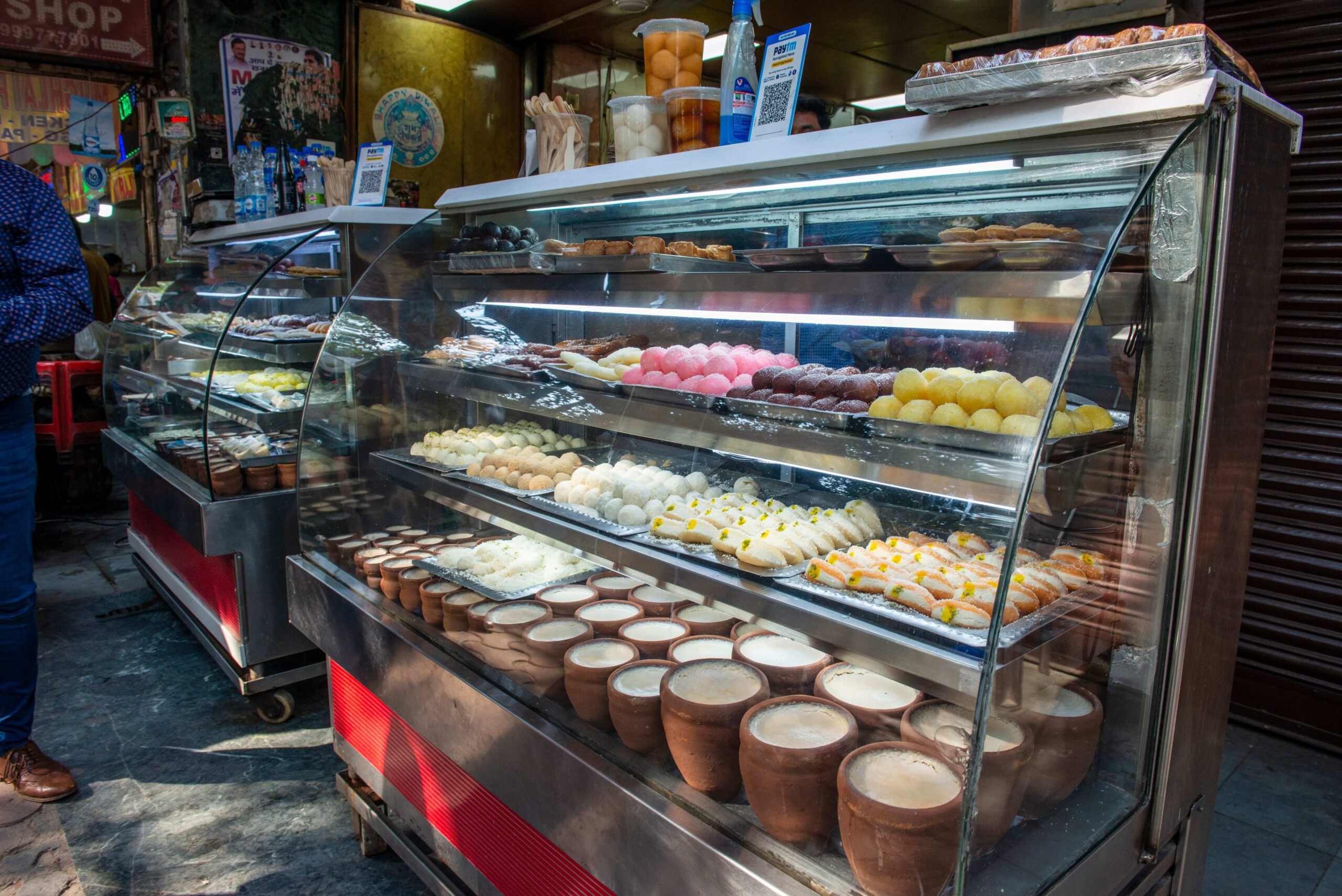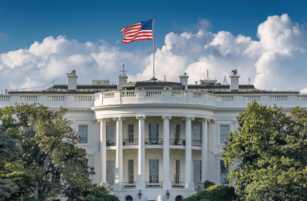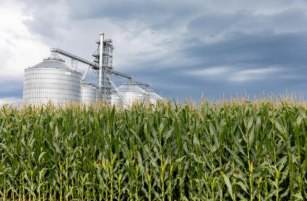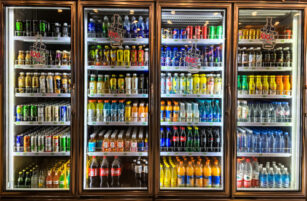Insight Focus
- Economic development, growing population boosting demand in Bangladesh.
- Consumption will push higher still as Bangladesh’s economy continues to boom.
- Bangladesh’s increasing imports are likely to put more focus on stagnant production growth globally.
Sugar consumption in Bangladesh is eight times higher than it was just 20 years ago. Massive economic and population expansion have driven this rise. It looks likely that the growth will continue in the coming years. As consumption grows Bangladesh’s significance as an importer will increase substantially. Global consumption continues to grow, but as production remains stagnant the need for investment increases.
Sugar Demand Increases in Bangladesh
Bangladesh is fast becoming one of the world’s biggest consumers of sugar and, for several reasons, this trend looks set to continue for years to come.
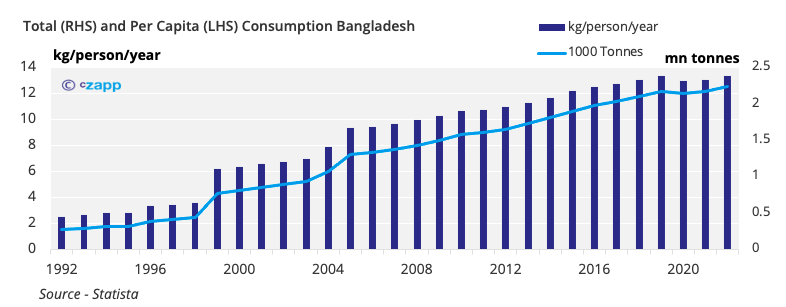
Bangladesh is becoming an increasingly urbanised society. As a result, demand for convenience foods, snacks and confectionary, which are high in sugar is on the rise. This trend marks Bangladesh’s divergence from a more subsistence focused diet, which focused on rice and seafood.

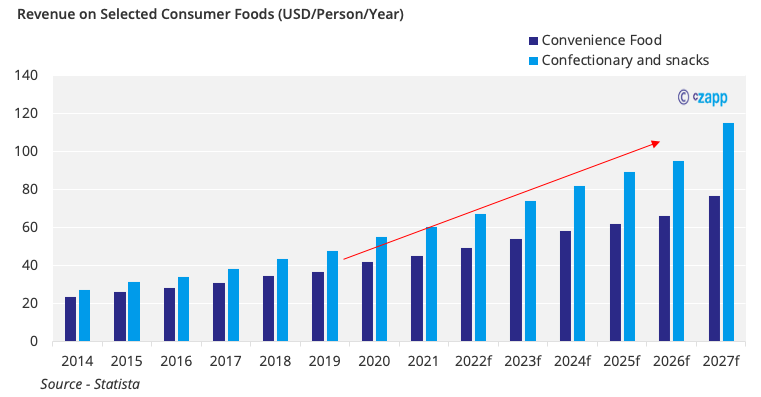
Spending on confectionary and snacks more than doubled between 2014 and 2021 on both a total and per capita basis. Across the board more money is being spent on food in Bangladesh.

The huge change in consumption patterns is largely being driven by rapid economic development. In a little over ten years Bangladesh’s GDP per capita has grown from roughly half of India’s to now exceeding it. Since 2007 Bangladesh’s GDP and GDP per capita have grown 305% and 251% respectively.

This massive increase in economic power has meant that consumers have far more disposable income and thus there is increased expenditure on higher sugar foods, as well as food more broadly.
Population growth is also a huge driving factor. The double push of increased population and increased per capita consumption has contributed to the dramatic rise in sugar consumption.
Is Consumption Set to Grow?
Population growth, one of the largest drivers of growth, is set to continue for several years. This will lead to 14 million new consumers over the next 10 years. Population growth, however, is slowing. Bangladesh’s population is predicted to peak around 2050 and growth will likely slow from now till then. This means that although population growth will stoke consumption growth it will do so more slowly going forward.
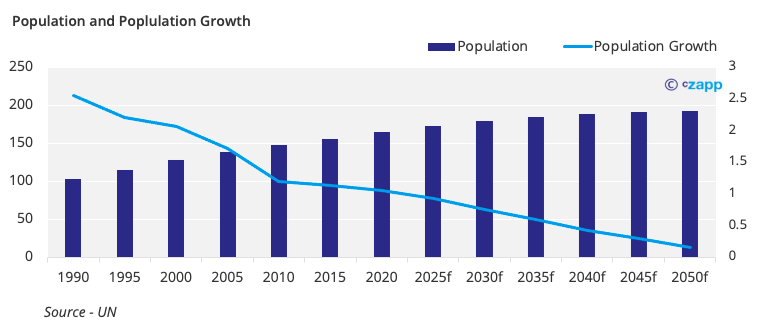
Economic growth, however, paints a different picture. HSBC predicts that Bangladesh will have the fastest growing economy in the world up to 2030, with a 7% a year growth rate over 2023-28. This will increase to 7.2% between 2028 and 2033. Increased purchasing power will likely push up demand for sugary foods, reinforcing the existing trend.
The dual factors of a growing population and with increased purchasing power will continue to make Bangladesh a major sugar consumer.
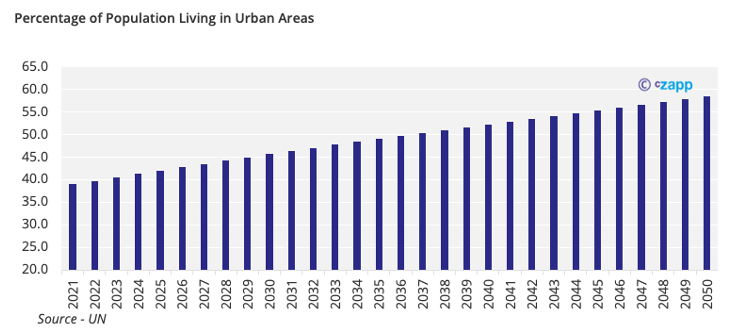
Urbanisation is also likely to continue to drive consumption. The rate of urbanisation is set to diminish slightly over coming years but remain strong. The percentage of population living in urban areas is likely to increase by roughly a quarter in the coming decade. This will in turn increase access to high sugar foods and boost their consumption.
Imports Needed to Meet Demand
Due to its growing consumption and lack of production capacity Bangladesh has emerged as a key importer of sugar.

Sugar production in Bangladesh consistently contributes to less than 5% of domestic needs. Not only is domestic production low but it is also declining.
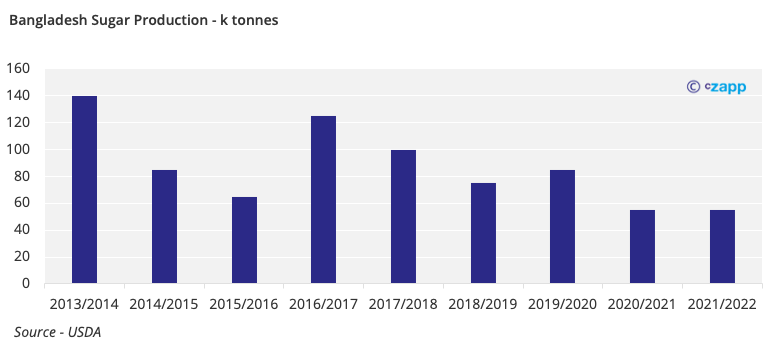
Bangladesh is one of the most densely populated places on earth, leading to a decline in agrarian jobs and an increase in the manufacturing sector to sustain the growing economy.
Due to Bangladesh’s potentially precarious food situation, sugar production takes a back seat to cereals that are considered more crucial to food security than sugar. This is especially true considering the Russian invasion of Ukraine, which has highlighted food security issues in developing countries.
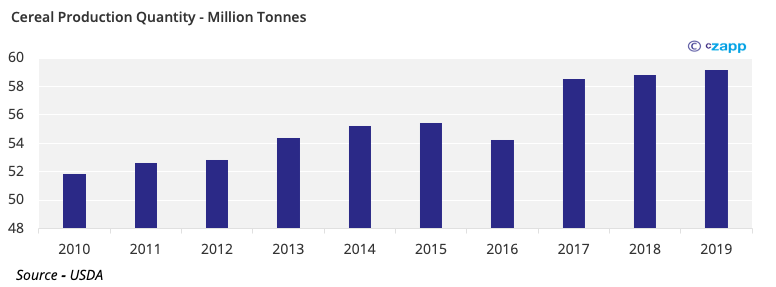
Quality is also an issue. Bangladesh’s domestic sugar supply is mainly used as “table sugar” rather than by food and beverage companies in soft drinks due to outdated production techniques which result in low quality. As Bangladesh becomes wealthier and soft drink and snack consumption plays a larger role in overall sugar consumption, this is likely to become even more pronounced.
All this points towards growth in sugar imports by Bangladesh.
Bangladesh’s Reliance on India May Become a Problem
In recent years Indian sugar has played a major role in Bangladesh’s imports. This too prompts interesting questions. India’s sugar exports and production may be peaking and it may become an unreliable source of imports due to increased ethanol diversion and other factors.
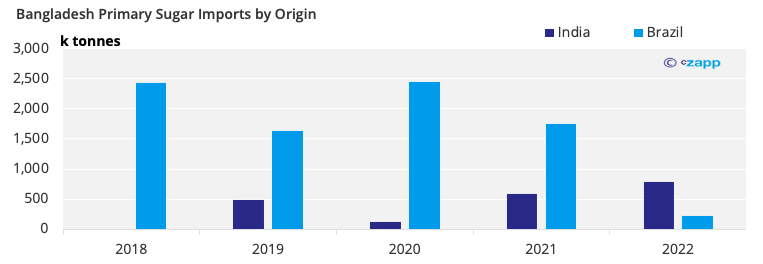
Bangladesh overwhelmingly imports raws which tend to come from Brazil, Australia, Thailand, and India. Refineries in Bangladesh aren’t currently operating at maximum capacity, meaning they will probably be able to absorb increased imports.
It is likely therefore that Bangladesh will look to Brazil to satisfy its demand in coming years, as it did before 2019. If this prediction proves accurate Bangladesh will soon be taking about 10% of Brazil’s exports. This increased demand may put more pressure on Brazilian mills to prioritise sugar over ethanol. With freight substantially higher than it was a few years ago Bangladesh may consider sources closer by.
As covered in our series late last year, global production isn’t growing along with populations and demand, so an increase in Bangladeshi imports is likely to make that situation even more acute
Bangladesh’s increasing demand reinforces the point we made earlier in the year, populations and economies are growing globally and as a result consumption is too. Production, however, remains stagnant, therefore more investment is needed to meet future demand.
Concluding Thoughts
- Massive changes in Bangladesh’s socioeconomic situation in recent years are driving up sugar consumption.
- These factors will continue to drive Bangladeshi demand trends.
- But Bangladesh is extremely reliant on sugar imports due to low production capacity.
- Now, with food security coming into focus, authorities are likely to focus more on grains production than sugar.
- Bangladesh is already the world’s fourth largest sugar importer and it is likely to become even more significant in the coming years.
- Brazil could take some market share in Bangladesh as India focuses on ethanol production.
Other Insights That May Be of Interest…
Czapp’s Sugar Consumption Case Studies
Explainers That May Be of Interest…
